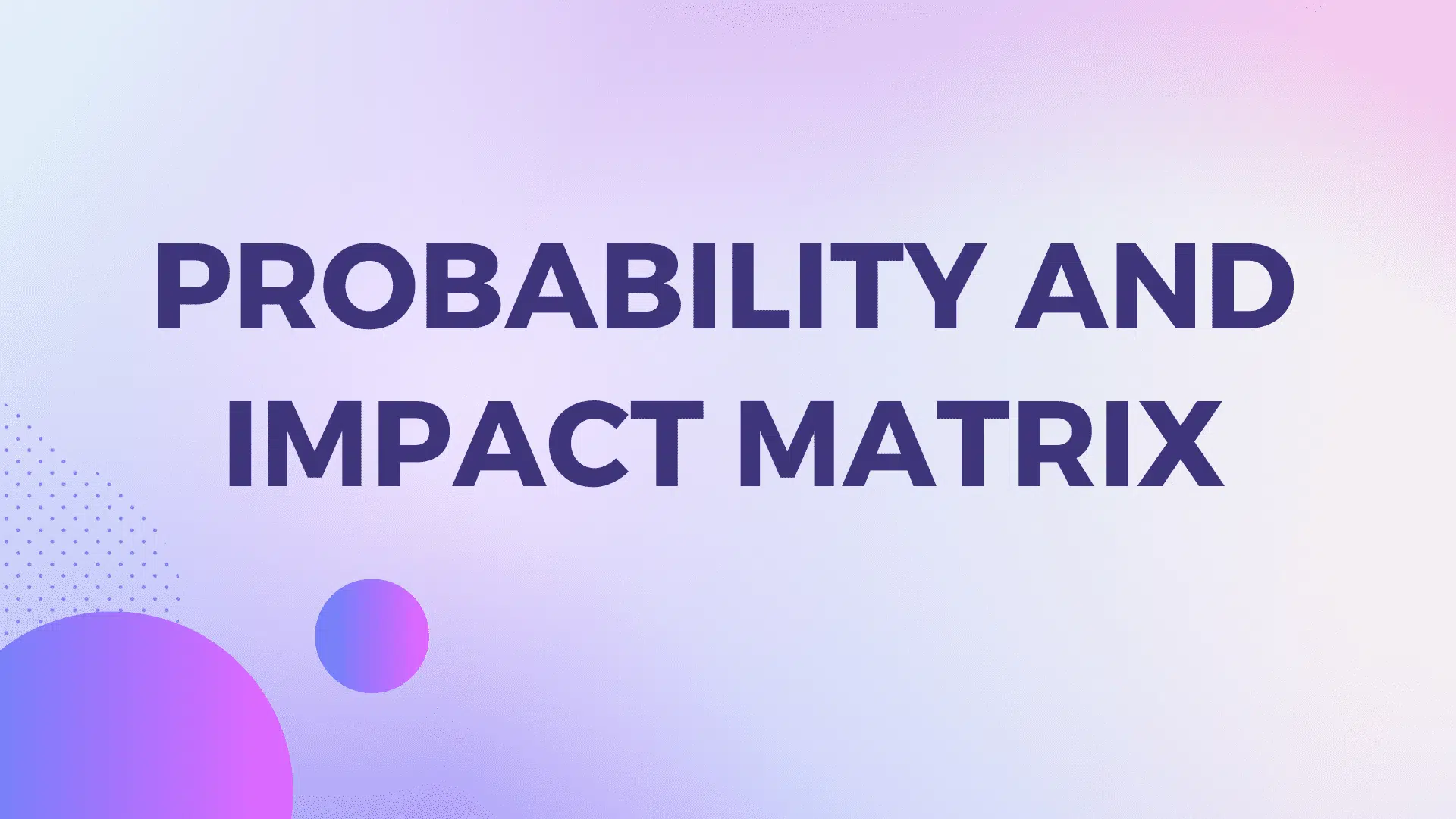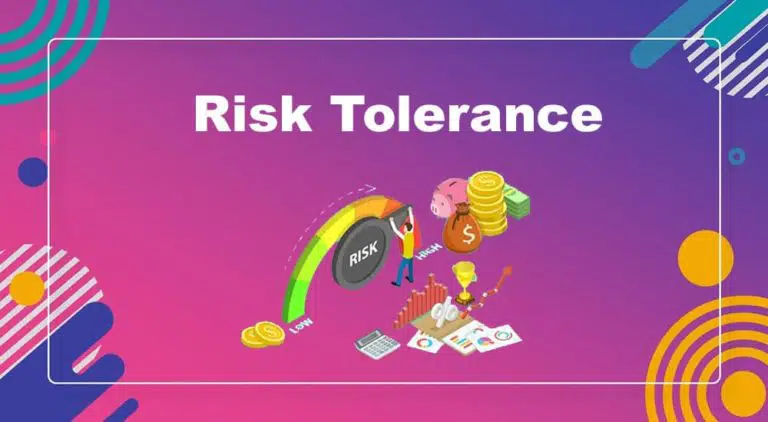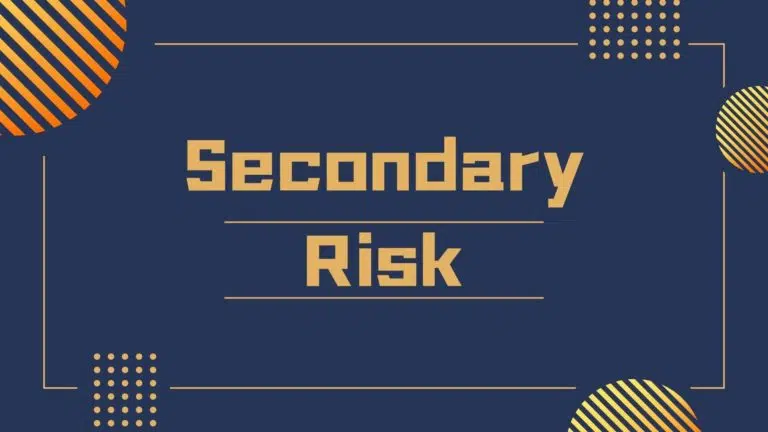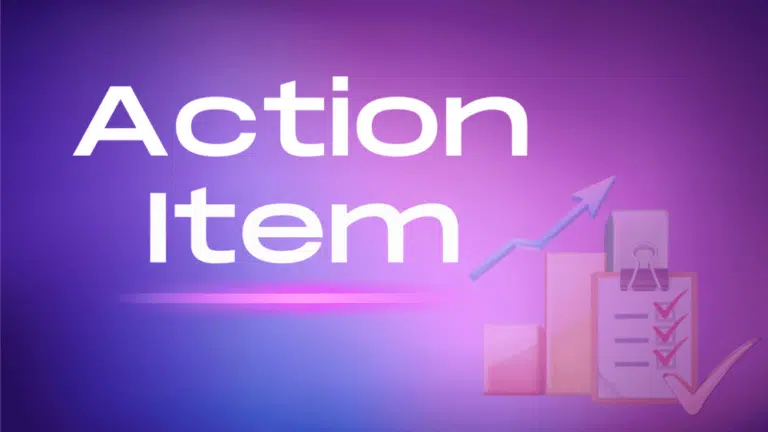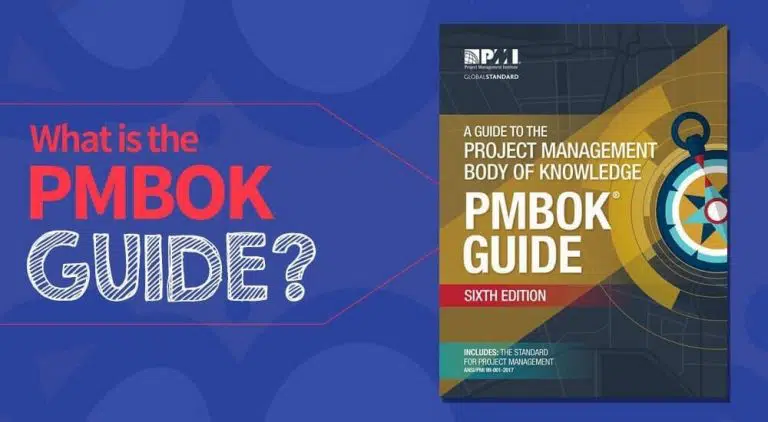The probability and impact matrix (PI Matrix) is a qualitative risk analysis tool that helps you rank risks using both their chances of occurring and their impact. You define the probabilities and impacts of all identified risks using a cardinal or ordinal scale and enter the PI Matrix to get the risk rating.
The PI Matrix has two key components – probability and impact assessment. Probability is the likelihood of a risk occurring, while impact measures the consequences of that risk on project objectives. By combining these assessments, you can calculate risk ratings.
Once all risks are ranked, you separate the high-ranking and low-ranking risks and develop risk response plans for high-ranking risks. You keep the low-ranking list in a watchlist in the risk register for future monitoring.
On the matrix, the probability is plotted on one axis (e.g., low-to-high), while the impact is plotted on the other. Risks are then positioned within the matrix based on their probability and impact, allowing a clear visualization of the risk landscape.
Types of Probability and Impact Matrix
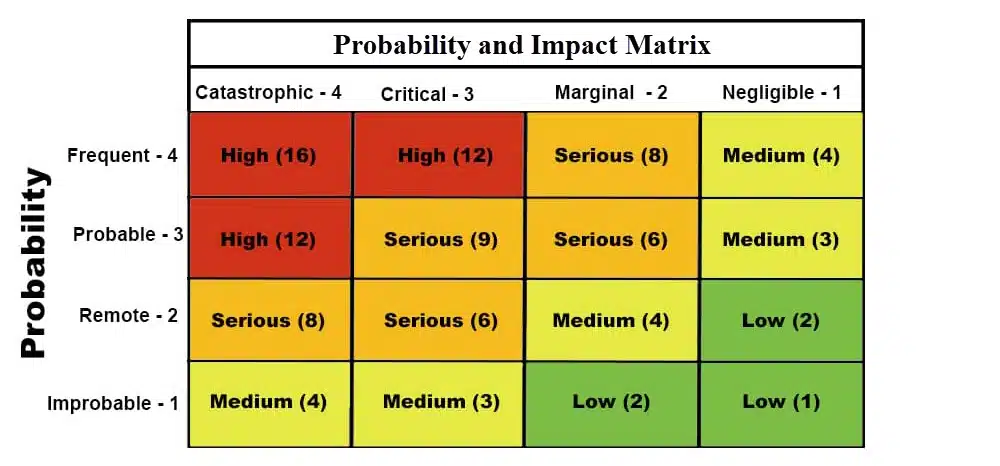
The PI Matrix can be of two types:
1. Cardinal Scale: The probability and impact of each matrix is defined numerically. The number can be 1 (lowest rating) to 10 (highest rating).
2. Ordinal Scale: Common words are used to rate and rank risk. For example, very low, low, medium, high, and very high. You can also use color ratings such as RAG (red, amber, green).
I have also seen a PI Matrix using color coding with a cardinal scale. You decide how to define the PI Matrix for your project.
How to Define Probability and Impact Rating
First, define the risk rating, probabilities, and scoring system in the risk management plan. The risk probability and impact assessment is a subjective process and depends on the experience and knowledge of the person.
Next, conduct a brainstorming session with your risk management experts to identify the probabilities and impacts of risks and enter the PI matrix table to find the final risk ranking.
An Example of Probability and Impact Matrix
Consider an example using a probability and impact matrix for a construction project with a cardinal scale ranging from 1 to 5 (1 being low and 5 being high) for both probability and impact:
Risk: Material Shortages
| Probability/Impact | 1 (Low) | 2 | 3 | 4 | 5 (High) |
| 1 (Low) | Low probability of material shortages; minimal impact on project schedule. | Limited chance of shortages; minor impact on project timeline. | Rare instances of shortages; slight delays possible. | Occasional shortages; moderate impact on schedule. | Highly unlikely; negligible impact on project schedule. |
| 2 | Unlikely but possible material shortages; minimal impact expected. | Low probability of shortages; minor delays in specific project phases. | Moderate chance of shortages; potential for noticeable schedule impacts. | Some likelihood of shortages; moderate delays in multiple project phases. | Highly improbable; minimal impact on project schedule. |
| 3 | Rare but possible material shortages; minimal delays expected. | Limited chance of shortages; sporadic delays in specific project aspects. | Moderate probability of shortages; noticeable delays in critical project phases. | Increased likelihood of shortages; significant schedule impacts. | Highly unlikely; minimal impact on project schedule. |
| 4 | Uncommon but potential material shortages; minimal schedule delays. | Unlikely shortages; occasional delays in various project phases. | Elevated chance of shortages; substantial impact on project timeline. | Significant likelihood of shortages; critical delays in multiple phases. | Rare; minimal impact on project schedule. |
| 5 (High) | Highly improbable material shortages; no impact on project schedule. | Highly unlikely shortages; negligible impact on project timeline. | Extremely rare material shortages; minimal effect on schedule. | Very rare but severe material shortages; critical delays in the project. | Almost impossible; no impact on project schedule. |
Summary
The probability and impact matrix is a key tool in risk management. It helps assess the probability and impact of potential risks and allows project managers to make informed decisions, allocate resources efficiently, and ensure the successful execution of projects.

I am Mohammad Fahad Usmani, B.E. PMP, PMI-RMP. I have been blogging on project management topics since 2011. To date, thousands of professionals have passed the PMP exam using my resources.

